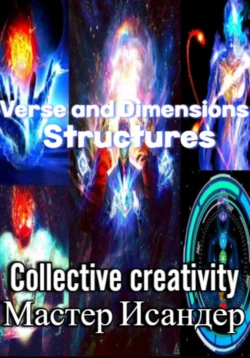Verse and Dimensions: Structures

Мастер Исандер и Коллективное Творчество
Тип: электронная книга
Жанр: Научная фантастика
Язык: на русском языке
Стоимость: 0.01 ₽
Издательство: Автор
Дата публикации: 22.07.2024
Отзывы: Пока нет Добавить отзыв
О книге: Сборник космических структур бытия, охватывающий как миры ниже Вселенной, так и выше неё. Погрузитесь в мир удивительного космоса! (Все истории взяты из Verse and Dimensions wiki)